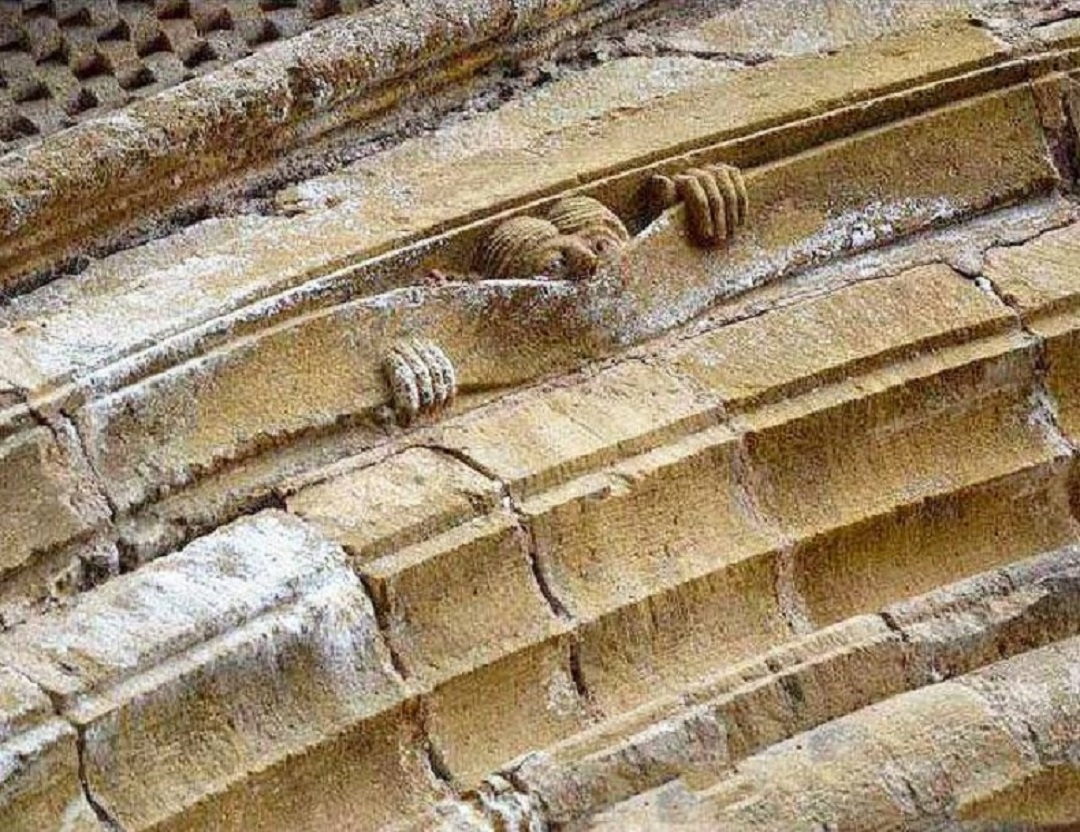Guarding from Above – The Art and Purpose of Gargoyles
Art and Function Gargoyles are not just captivating artistic elements on buildings, particularly churches, but they also serve a practical purpose. While their gothic style is similar to grotesques, gargoyles have an open mouth to help drain away rainwater. A groove is cut along the top of the statue, channeling rainwater through the gargoyle’s open mouth and onto the roads below. This ingenious design helps protect the building’s stone walls from erosion.

Unraveling the Origin of the Word “Gargoyle”
The word “gargoyle” has its roots in the French word “gargouille,” which translates to “throat.” Gargouille is also associated with an old French legend featuring a dragon named La Gargouille. This fearsome creature had a long, twisted neck, a gaping mouth with powerful jaws, terrifying eyes, and massive wings. It lived in a cave near the River Seine and wreaked havoc on the nearby town of Rouen. Eventually, a Christian priest named Romanus defeated the dragon, and its head and neck were displayed at the village entrance as a warning. This legend inspired the carving of dragon heads on buildings and water spouts, leading to the creation of the gargoyles we see today.

The Rich History of Gargoyles
Gargoyles have a long and fascinating history, becoming particularly popular in European churches during the 1200s. The oldest known gargoyle on a building dates back to the 13th century and is located in Kayseri, Turkey. Ancient civilizations such as the Egyptians, Romans, and Greeks also carved gargoyles to serve as drain spouts on their buildings.

Gargoyles vs. Grotesques: The Common Misconception
Many people mistakenly believe that gargoyles and grotesques are the same thing. However, while grotesques encompass all decorative architectural creatures, gargoyles always have functioning drainage conduits. Thus, not all grotesques are gargoyles, but all gargoyles are grotesques.

The Restoration of Paisley Abbey’s Gargoyles
In 1991, 12 of Paisley Abbey’s gargoyles were replaced due to severe deterioration. Among the new set of gargoyles, there are “see no evil,” “speak no evil,” “hear no evil,” and even an “alien.” The Alien gargoyle now sits above the arch doorway of the abbey, adding an intriguing modern touch to this historic site.

The Timeless Allure of Gargoyles
Gargoyles have captured the imagination of people for centuries, serving as both artistic masterpieces and functional elements in architecture. Their rich history and the legends surrounding their origins continue to fascinate us, making them an enduring symbol of the Gothic era.



